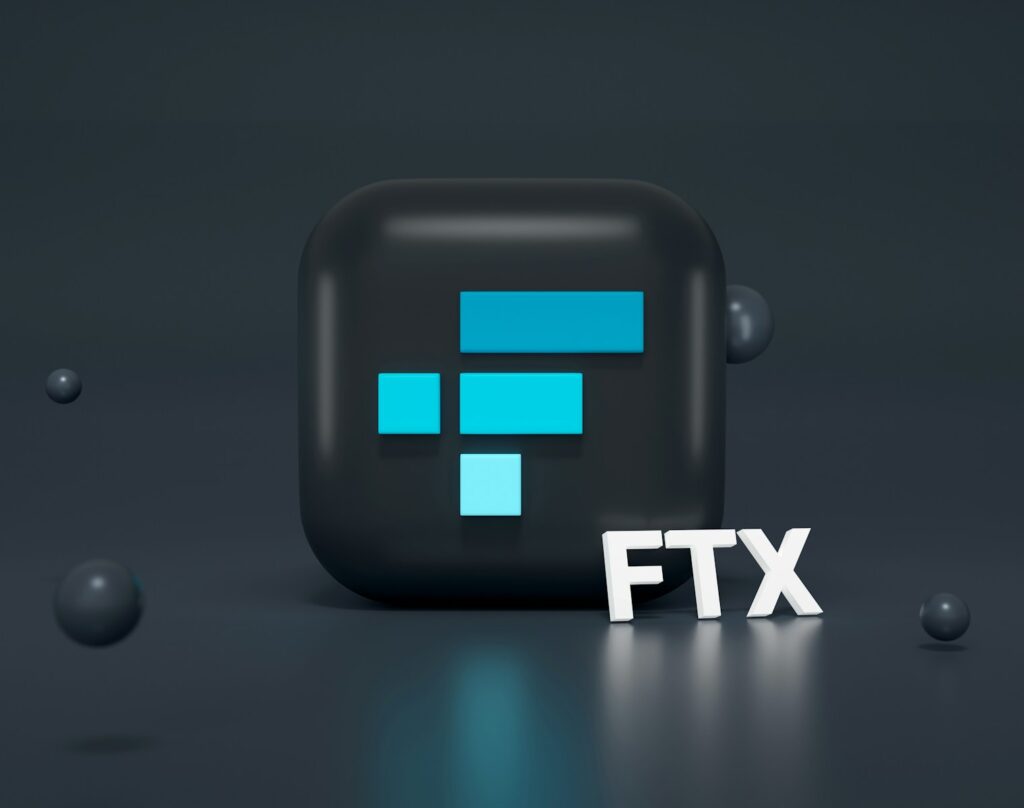Main Points:
- Full Repayment for Small Claim Creditors: “Convenience class” creditors with losses under $50K will receive 100% of their claims plus annual interest of 9% based on the November 2022 asset valuations.
- Community Support and Collective Action: A robust creditor community has emerged, providing mutual support and sharing guidance amid legal uncertainties.
- Liquidity Challenges and Legal Complexities: Many creditors faced severe liquidity issues and were forced to sell their claims in secondary markets as they navigated a labyrinth of bankruptcy proceedings and steep legal fees.
- Debates Over Repayment Currency: Discussions persist over whether repayments should be made in cryptocurrency or fiat money, especially in light of dramatic market fluctuations.
- Emphasis on Self-Custody: The FTX debacle reinforces the critical importance of self-custody as the safest means to protect digital assets.
- Recent Developments and Evolving Regulations: New regulatory measures, continuing litigation, and the rising tide of decentralized finance are reshaping the crypto landscape.
1. The FTX Repayment Milestone
On February 18, the long-awaited process of repaying FTX creditors began, marking a pivotal moment in the aftermath of one of the cryptocurrency industry’s most seismic events. Following FTX’s bankruptcy filing on November 11, 2022, many investors and everyday users were left grappling with the sudden evaporation of their life savings, funds earmarked for home purchases, and resources intended for children’s education. The repayment process is being executed based on the asset valuation as of the filing date, ensuring that creditors, particularly those who lost less than $50,000 (dubbed the “convenience class”), are compensated at full face value plus a fixed annual interest rate of 9%.

This milestone is more than just a financial transaction; it represents the beginning of a long journey toward restoring faith in the digital asset ecosystem. Creditors, once left in the dark about their future, now have a tangible benchmark of progress, even as many continue to navigate the tumultuous legal landscape that has been carved out in the wake of FTX’s collapse.
2. Impact on Individual Creditors
For countless individuals, the FTX collapse was nothing short of catastrophic. Many had painstakingly saved for years—often sacrificing lifestyle comforts—to secure funds for crucial milestones such as buying a home or paying for their children’s education. When the exchange collapsed, these funds disappeared overnight, leaving many in financial ruin. One creditor, Snir Kabli, shared his painful experience with Cointelegraph, noting that the psychological toll was as severe as the financial damage. He recounted stories of depressed investors, panic attacks, and even suicides, underscoring that the loss extended beyond dollars and cents.
These narratives highlight that while the commencement of repayments is a welcome development, the emotional scars remain. The stark reality is that trust in centralized crypto exchanges has been deeply eroded, leaving behind a community that must now rebuild not only their finances but also their confidence in the system.
3. The Emergence of a Support Community
In response to the massive upheaval, many creditors banded together to form supportive communities. This network of individuals, who once faced the collapse alone, has now become a beacon of collective strength and resilience. Snir Kabli, after suffering significant personal distress, initiated a creditor community where members share advice, legal updates, and personal stories of recovery. The community’s goal is not only to navigate the complex bankruptcy proceedings but also to help each other cope with the mental and emotional challenges that have arisen.
Such solidarity has proved crucial as creditors deal with not only the intricate legal frameworks but also the day-to-day reality of managing financial recovery. The community serves as an informal guide for those unfamiliar with bankruptcy law and a source of comfort during times of uncertainty.
4. Liquidity Challenges and Legal Complexities
The collapse of FTX precipitated a severe liquidity crisis for many creditors. With their assets trapped in a convoluted bankruptcy process, numerous creditors found themselves forced to sell their claims on secondary markets just to secure immediate cash for daily living expenses. By the end of 2022, over 10,000 claims had been listed for sale, with nearly half of the creditors opting for this route as a means to alleviate both financial and emotional strain.
The legal proceedings surrounding FTX have been equally daunting. Creditors were confronted with an opaque bankruptcy process, replete with high-profile law firms charging exorbitant fees. For instance, the law firm Sullivan & Cromwell was reported to have billed at least $215 million in fees for their role as creditors’ representative, initially demanding over $10 million per month—a figure later reduced to $7 million monthly until February 2024. These staggering fees have fueled public outcry and intensified scrutiny of the overall management of the bankruptcy process.
Amid these challenges, many creditors found themselves not only fighting for their lost investments but also for clarity and fairness in a legal maze that often seemed designed to benefit professionals at the expense of everyday investors.
5. Debates Over Repayment Currency
One of the more contentious issues throughout the bankruptcy process has been the debate over whether creditors should be repaid in cryptocurrency or fiat currency. At the time of FTX’s collapse in November 2022, Bitcoin was valued at roughly $16,000. However, since then, Bitcoin’s value has surged dramatically, now exceeding $95,000. This stark price fluctuation has led to heated discussions regarding which form of repayment would ultimately be more beneficial—or fair—to creditors.
Proponents of cryptocurrency repayments argue that settling in digital assets could offer creditors the potential for future gains, especially given the market’s upward trend. However, critics contend that the volatility inherent in cryptocurrencies might expose creditors to additional financial risk. As a result, the final decision on the mode of repayment remains a subject of ongoing debate, reflective of the broader challenges faced by centralized institutions within a fundamentally decentralized technology ecosystem.
6. The Importance of Self-Custody
Perhaps one of the most enduring lessons from the FTX collapse is the critical importance of self-custody. Industry experts, including community figures like Mr. Purple, have long warned that entrusting one’s assets to centralized exchanges creates a significant counterparty risk. The collapse of FTX stands as a stark testament to these warnings, underscoring that self-custody—keeping one’s assets in private wallets that only the owner controls—remains the most reliable method of asset protection.
This incident has accelerated the adoption of decentralized finance (DeFi) solutions and non-custodial wallet options, as investors seek to reclaim control over their digital assets. The push towards self-custody is not merely a reactive measure but a proactive shift in the industry, one that could redefine security standards and investment strategies for years to come.
7. Recent Developments and Evolving Regulatory Landscape
In the wake of FTX’s collapse, regulatory bodies around the world have taken a harder stance on cryptocurrency exchanges and related financial institutions. In the United States, a series of regulatory actions—often referred to as “Operation Choke Point 2.0″—has seen many crypto-related firms being cut off from traditional banking services. This tightening of regulatory oversight aims to protect investors but has also led to unintended consequences, such as a further reduction in liquidity for affected businesses and individuals.
Moreover, recent developments in the legal arena have seen continued efforts to hold the key players accountable. FTX founder Sam Bankman-Fried, for example, received a 25-year prison sentence on March 28, 2024, marking a significant moment in the legal reckoning that has accompanied the collapse. These legal outcomes, alongside the broader regulatory measures, are reshaping the operational landscape for crypto exchanges and investors alike.
As these regulatory changes take effect, many in the crypto community view them as both a necessary corrective measure and a potential obstacle to innovation. On one hand, stronger oversight may help prevent future collapses by enforcing higher standards of accountability and transparency. On the other hand, critics argue that overregulation might stifle the rapid innovation that has characterized the cryptocurrency industry. Balancing these competing interests remains one of the most significant challenges for policymakers moving forward.
8. Conclusion and Lessons Learned
The commencement of FTX repayments represents not only a step toward financial restitution for affected creditors but also a broader turning point in the digital asset industry. The crisis has laid bare the vulnerabilities of centralized financial models and underscored the necessity of self-custody and decentralized alternatives. The emotional and financial toll on individual investors has catalyzed a wave of community-driven support, with creditors banding together to navigate an opaque and costly legal process.
Furthermore, the ongoing debates over repayment currency and the shifting regulatory landscape serve as critical reminders that the world of digital assets is still very much in flux. The experiences of FTX creditors, from the pain of lost savings to the hard lessons learned about liquidity and legal risk, offer invaluable insights for anyone seeking new opportunities in the crypto space—whether as an investor or a participant in the burgeoning ecosystem of decentralized finance.
As regulators continue to tighten oversight and investors increasingly embrace self-custody solutions, the legacy of FTX is likely to persist as a cautionary tale and a catalyst for meaningful change. In a landscape where innovation and risk are inextricably linked, the FTX episode stands as both a sobering reminder and an impetus for the crypto community to pursue more secure, transparent, and resilient practices moving forward.


